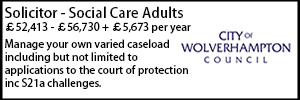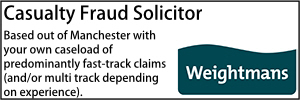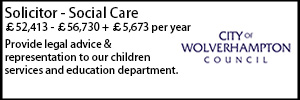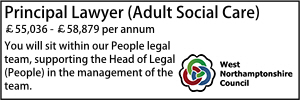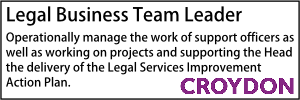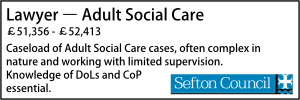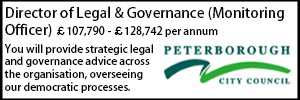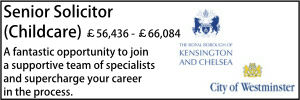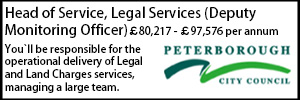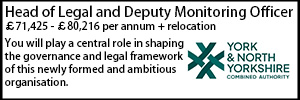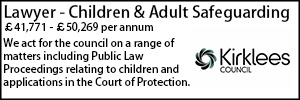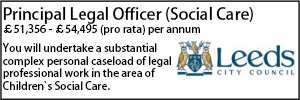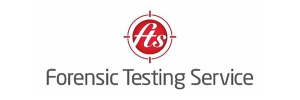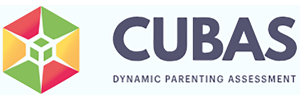Can technology help the NHS?
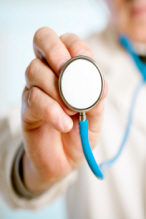 Jeanette Whyman looks at the issues around the use of telemedicine and other technology by the NHS and its likely impact on clinical negligence.
Jeanette Whyman looks at the issues around the use of telemedicine and other technology by the NHS and its likely impact on clinical negligence.
- Details
On his reappointment as Health Secretary after the recent election, Jeremy Hunt underlined his commitment to "transform care outside hospitals". He referred to the need for better coordination and collaboration between "GP practices, community care and social care", reaffirming the challenge to the NHS posed by a growing, elderly population.
One answer to this challenge could be increased use of technology such as smart phone apps and sensors designed to monitor an individual’s physical symptoms, and detect meaningful changes in their environment. Given the advances in health technology systems, it is certain that they will play an increasing role in patient care but it also raises a number of ethical and legal questions around patient privacy and safety.
West Yorkshire: a case study in telemedicine
Airedale NHS Foundation Trust has been using digital services to support patients, particularly those who are older and more vulnerable, both in the community and in care homes and has become an example of good practice.
The Trust has piloted a number of approaches including telemonitoring (the remote monitoring of patients’ physical conditions such as blood pressure); telecoaching (one-to-one sessions via the internet helping patients to manage their condition); and telemedicine (remote consultation between patient and healthcare professional).
This approach has led to significant advantages, not least the ability to reduce the number of hospital admissions by taking preventative action if a problem is spotted early on.
Risks of telemedicine: the US experience
The use of technology by healthcare professionals to manage their patients’ conditions more efficiently has been more extensively trialled in the US - unsurprising given the strength of their technology sector.
Inevitably the risks and benefits of telemedicine have been addressed in more detail there than here and, despite the fundamental differences between our respective health systems, there are certain principles we can learn from. Perhaps the most obvious is privacy – patients need to know that any data relating to their health is not only being transmitted securely but also that it will be accessed and interpreted correctly by the right person.
Ensuring that the digital systems being used are ‘best in class’ is also crucial, particularly as many are remote diagnostic applications. Patient consent to being remotely monitored, and any potential risks such as system failure leading to incorrect readings being taken, also needs careful management. Last but not least (and perhaps rather obviously) all telemedicine touch points must be recorded in the patient’s medical records so that a complete record of care can be maintained.
Is telemedicine likely to result in more medical negligence cases?
A recent article in The Engineer argued that greater use of technology would help to reduce the financial pressure on both hospitals and GP surgeries. The same article, examining barriers to adoption, also raised the spectre of medical professionals being sued for medical negligence if, when diagnosing or managing a patient’s condition remotely, they failed to spot something critical. To date I have not come across a medical negligence case involving remote technology although it is certainly a factor that lawyers will need to consider carefully.
There are two elements to the concern: first, technical failure delivering incorrect information; and second, misdiagnosis by a health professional due to incorrect reading of the data.
Patient consent and rigorous testing and regulation of the systems used will help to address mistakes arising from the first scenario. As far as the second is concerned, I see no obvious reason why the current rules around establishing a medical negligence claim need to change, in other words, the practitioner must have a duty of care to the patient; that duty of care must have been breached; and that the breach led directly to the harm suffered by the patient. On balance, I think it unlikely that telemedicine is any more likely than face to face medicine to be responsible for triggering a medical negligence claim.
Telemedicine is the future
Technology will become more and more important in delivering healthcare to the community. Anything that helps to stop the ‘revolving door’ syndrome whereby elderly patients are admitted to hospital, discharged and then readmitted due to lack of proper support at home must be welcomed. Community-centric care is accepted as being the most practical (and often kindest) way of managing the health issues of an increasingly frail population and technology will be enormously beneficial in delivering this.
Any suggestion that healthcare professionals will be cautious about adopting technology because of fear of litigation is unhelpful – the process of establishing a claim is sufficiently painstaking to take account of all factors, including technology.
Jeanette Whyman is a Medical Negligence Solicitor with Wright Hassall LLP.





